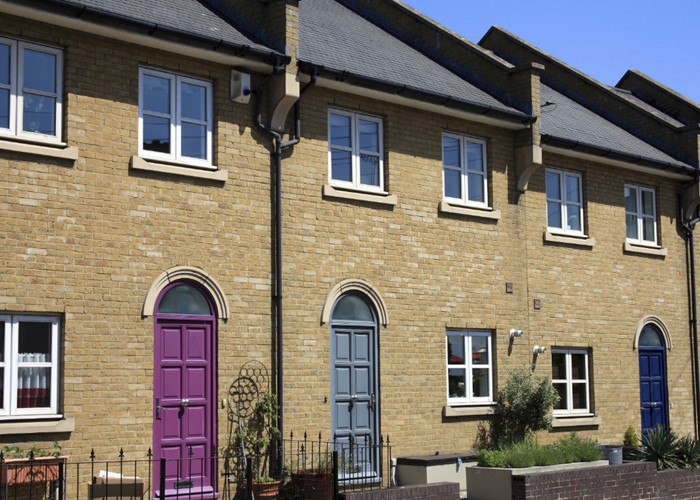Scotland replaces Stamp Duty

Stamp Duty is to be replaced by a more progressive tax in Scotland.
Scotland is to scrap Stamp Duty and put a new tax in its place.
The Land and Building Transaction Tax (LBTT) will only be added to properties that cost over £135,000. It will come into force in April 2015.
The problem with Stamp Duty
Stamp Duty is often criticised for working in a 'slab' nature. So while you don't pay any tax on purchases of up to £125,000, pay just one penny more and you'll be hit with a 1% tax. Similarly the difference between paying £250,000 and £250,000.001 for a property is a jump in Stamp Duty from 1% to 3%. And that difference is significant, jumping from £2,500 to £7,500.
How the new tax works
To get away from the ‘slab’ taxation of Stamp Duty, LBTT climbs in units. This means that a tax of 2% will apply in proportion to properties between £135,000 and £250,000. The next stage up is a 10% tax on properties between £250,000 and £1 million.
On the highest bracket, 12% tax will be placed on properties costing over £1 million.
Buyers at the higher end of the market will have a six-month window to purchase property before the tax change. Housing experts predict a sharp boost in this period.
Good for first-time buyers
The change should benefit first-time buyers that want to get on to the property ladder, who will save millions under this scheme.
Finance Secretary John Swinney argued that 90% of Scots will either pay less or be unaffected by the new tax:
- Under Stamp Duty a first-time buyer buying a property worth £130,000 would have had to pay £1,300 in tax whereas now it’s tax-free.
- A couple buying a flat for £140,000 will now pay tax of £100, saving £1,300 compared to Stamp Duty.
- The average flat in Scotland is worth £162,000. Purchasing such a property would result in paying £1,620 in Stamp Duty, though this would fall to £540 under the new tax
Compare home insurance with lovemoney.com
Significant influence on property hotspots
For the 10% it does affect, it'll be steep.
There will be big tax jumps in pricier locations like Edinburgh and Aberdeen, which could have a harsher effect on families looking to buy larger houses in central areas.
In Edinburgh the average family home costs £363,000 which clocks up £13,600 under the Land and Building Transaction tax.
Meanwhile, people buying properties worth £450,000 would pay £22,300 in tax, up £8,000 from their Stamp Duty bill.
The move has been criticised as a "Scottish mansion tax", putting a strain on the squeezed middle.
Could England and Wales do the same?
Conservative MPs have welcomed the move, calling for a similar change to Stamp Duty in London.
What do you think, should England and Wales copy Scotland's lead on this? How would you reform Stamp Duty? Or is it fine as it is? Let us know your thoughts in the comments box below.
Compare mortgages with lovemoney.com
More on housing:
House prices in England and Wales to rise 30% by 2019
Halifax: house price rises coming to an end
Most Recent
Comments
Be the first to comment
Do you want to comment on this article? You need to be signed in for this feature








